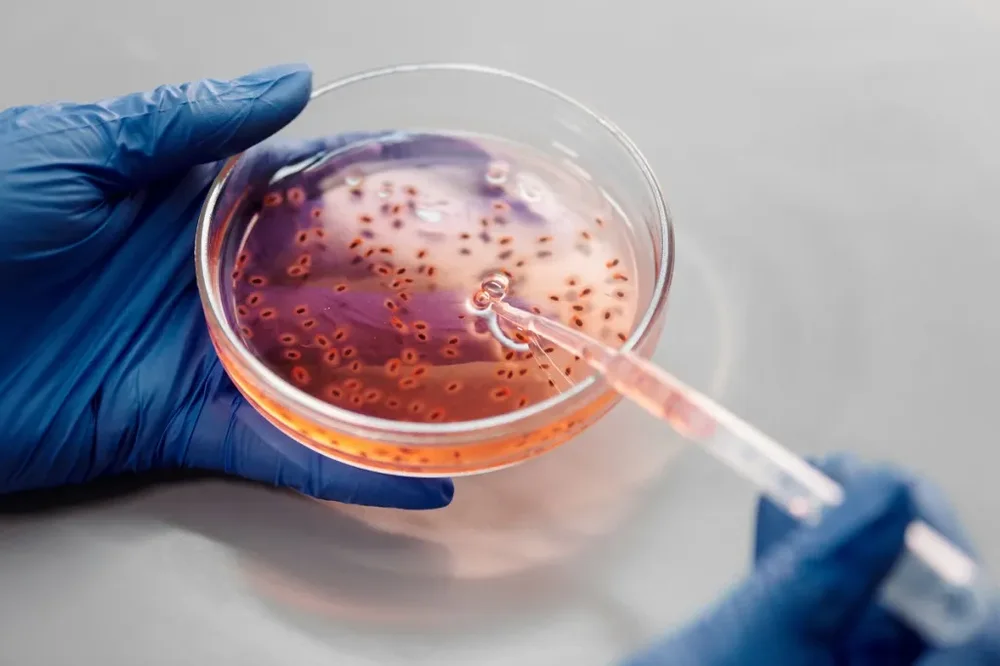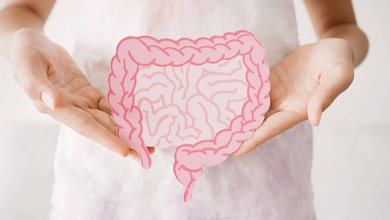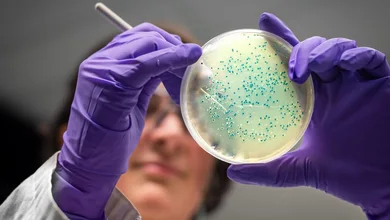
An important scientific step has been taken by researchers at the Massachusetts Institute of Technology (MIT), who have created two new antibiotics with the help of artificial intelligence (AI), capable of fighting drug-resistant bacteria, including gonorrhea and staphylococcus.
The drugs, designed atom by atom by artificial intelligence algorithms, have shown promising results in laboratory tests and in infected animals, the researchers said, marking a potentially significant milestone in the fight against infections that have already developed resistance to common antibiotics.
How new antibiotics work
The development process involved training the artificial intelligence with the chemical structures of known compounds and data on their effectiveness against various bacteria. The AI learned to analyze how molecular structures, built from atoms such as carbon, oxygen, hydrogen and nitrogen, affect the killing of bacteria. After developing the new compounds, the researchers tested the main models in the laboratory and in infected mice, identifying two antibiotics with high potential. However, the scientists emphasize that these drugs are not yet ready for clinical use and will require further refinement and testing, which is expected to take one to two years before the testing phase in humans begins.
The need for new antibiotics
Antibiotic-resistant infections are a major global health problem, causing more than a million deaths a year. Overuse of known antibiotics has driven the evolution of bacteria, making them more capable of evading the effects of existing drugs. For decades, there has been a shortage of new antibiotics, making finding innovative treatments a global priority.
MIT researchers have previously used artificial intelligence to screen thousands of known chemicals, with the goal of identifying those that could be turned into new antibiotics. This innovative method could mark the beginning of a new era of drug development, dubbed by experts as a “second golden age” of antibiotic discovery.
Scientists warn that, although the laboratory results are promising, the road to approval for use in humans remains long and will require extensive clinical testing and safety verification.
This new development demonstrates the incredible potential of artificial intelligence in medicine and pharmacology, offering hope for the fight against resistant infections and for the creation of new drugs that can save lives.






















